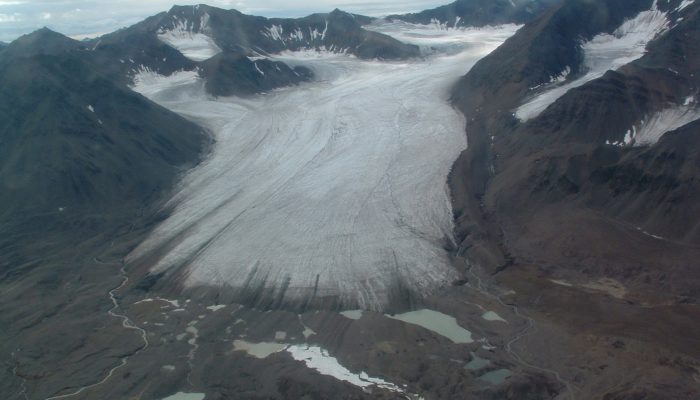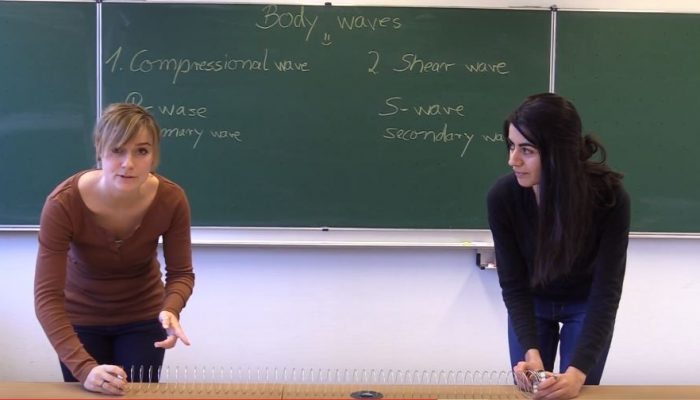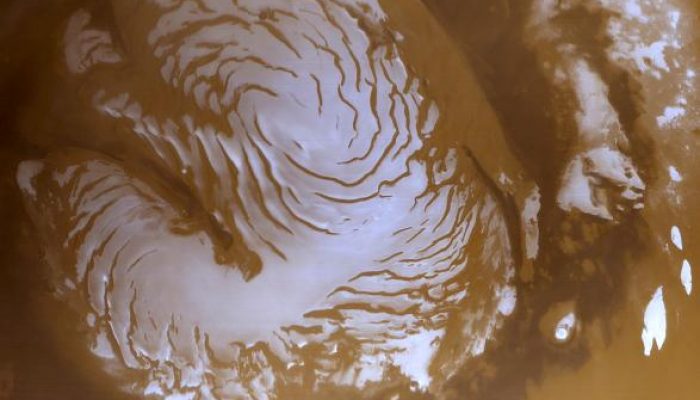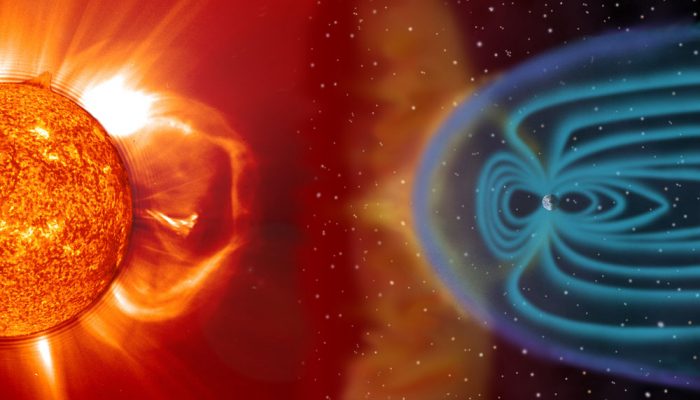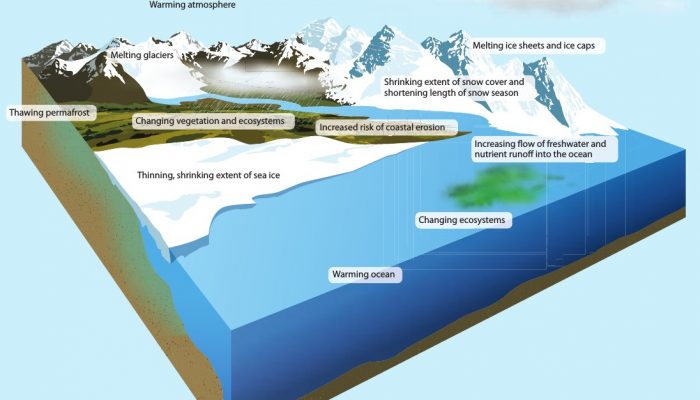Glacier erosion happens at the interface between ice and the ground beneath. Rocks are ground down to dust and landscapes shaped by the flowing ice. While these might be hotspots for erosion, the dark and nutrient-poor sites are unlikely environments for biological activity. However, experiments suggest there may be novel sources of energy powering subglacial microbial life… Where there is water, ...[Read More]
Geodynamics
Work-life balance: insights from geodynamicists
Maintaining a good work-life balance is essential for a steady career and happy life in academia. However, like with all good things, it is not easy. In this new Wit & Wisdom post, Jessica Munch, PhD student at ETH Zürich, explores how to achieve a good work-life balance. Research is a truly amazing occupation, especially in geodynamics (okay, that might be a bit biased…). However, disre ...[Read More]
Natural Hazards
Ethics and Geosciences: discovering the International Association for Promoting Geoethics
Geoscientists do not have to deal only with technical matters, but have to think also about the ethical implications related to their discipline. To increase the awareness of researchers on the ethical aspects of their activities, it has been created the International Association for Promoting Geoethics (IAPG). To better understand what geoethics and the IAPG are, we interviewed Silvia Peppoloni, ...[Read More]
Seismology
SeismoChat: How to disarm earthquakes
Solmaz Mohajder is a researcher at the Earth System Dynamics Research group of University of Tübingen in Germany. She has published an online database and an interactive map for active faults in Central Asia (Mohajder et al., 2016). More recently, Solmaz and her colleagues have compiled fault slip rates to investigate whether deformation rates from GPS and from geologic observations provide consi ...[Read More]
Cryospheric Sciences
Image of the Week – Ice caps on Mars?!
Much like our Planet Earth, Mars has polar ice caps too, one for each pole: the Martian North Polar Ice Cap (shown on our image of the week) and the Southern Polar Ice Cap. Yet, their composition and structure reveals these ice caps are quite different from those of Planet Earth… Mars refresher As a refresher, here are some Mars facts: Mars is the 4th planet from the sun. Its equatorial dia ...[Read More]
Geodynamics
Rheological Laws: Atoms on the Move
The Geodynamics 101 series serves to showcase the diversity of research topics and methods in the geodynamics community in an understandable manner. We welcome all researchers – PhD students to Professors – to introduce their area of expertise in a lighthearted, entertaining manner and touch upon some of the outstanding questions and problems related to their fields. For our first ‘101’ ...[Read More]
Solar-Terrestrial Sciences
How do we study the magnetosphere?
Our closest star, the Sun, is constantly emitting hot gas in all directions as its upper atmosphere, the corona, expands. This is known as the Solar Wind, also carrying with it an embedded magnetic field, the Interplanetary Magnetic Field (IMF). The IMF originates at the Sun and forms an enormous spiral throughout the solar system as the solar wind escapes radially, while the magnetic field-line ...[Read More]
Cryospheric Sciences
Image of the Week – Arctic changes in a warming climate
The Arctic is changing rapidly and nothing indicates a slowdown of these changes in the current context. The Snow, Water, Ice and Permafrost in the Arctic (SWIPA) report published by the Arctic Monitoring and Assessment Program (AMAP) describes the present situation and the future evolution of the Arctic, the local and global implications, and mitigation and adaptation measures. The report is base ...[Read More]
Biogeosciences
abstract submission
We are sorry to hear that people are experiencing difficulties submitting their last-minute #EGU18 abstracts & paying the APCs. If this is the case for you, you will be able to submit your abstract later today
Geodynamics
From hot to cold – 7 peculiar planets around the star TRAPPIST-1
Apart from Earth, there are a lot of Peculiar Planets out there! Every 8 weeks, give or take, we look at a planetary body or system worthy of our geodynamic attention. When the discovery of additional Earth-sized planets within the TRAPPIST-1 system was revealed last year, bringing the total to 7 planets, it captured the minds of audiences far and wide. This week, two of the authors from a 2017 Na ...[Read More]

